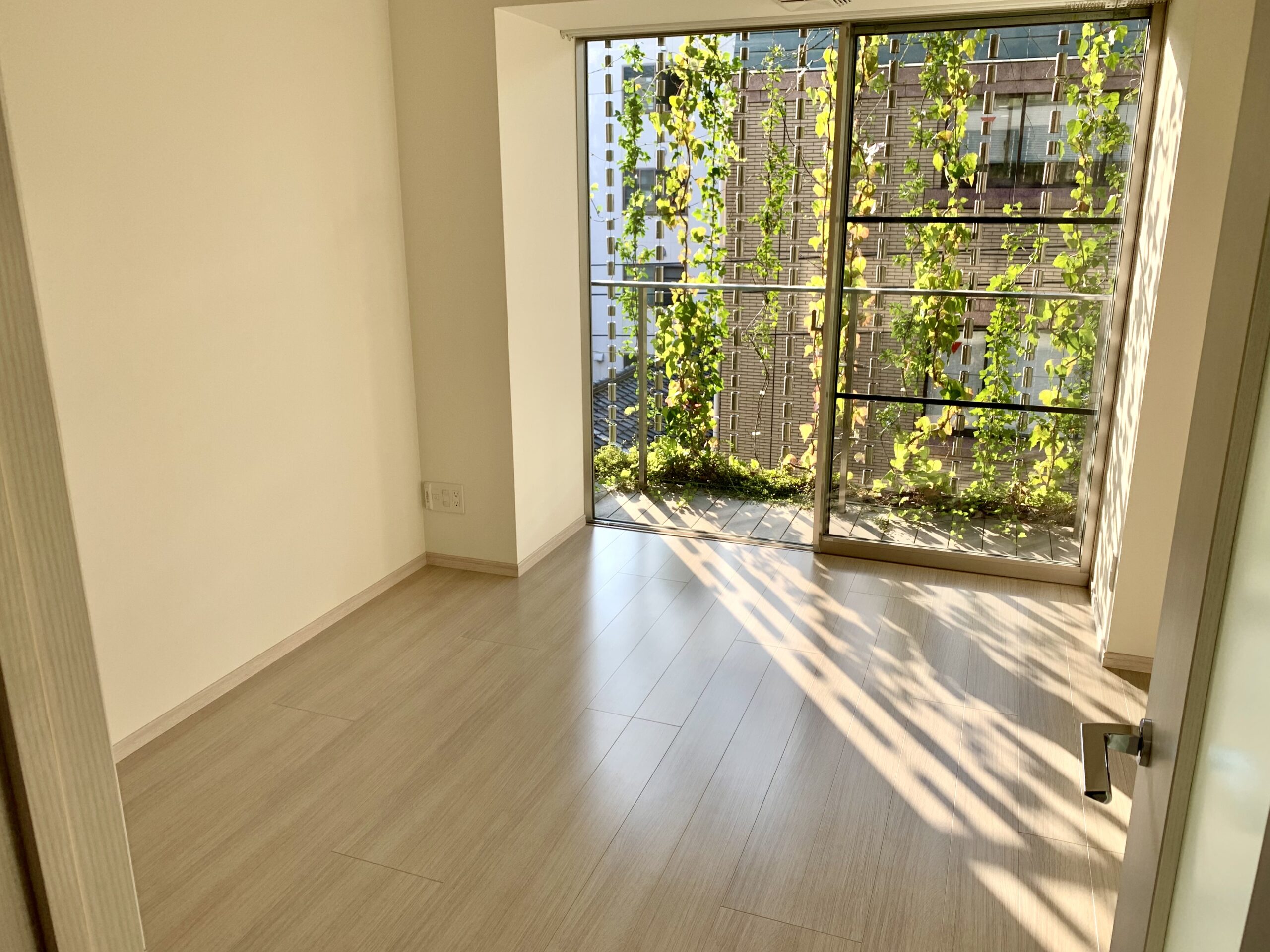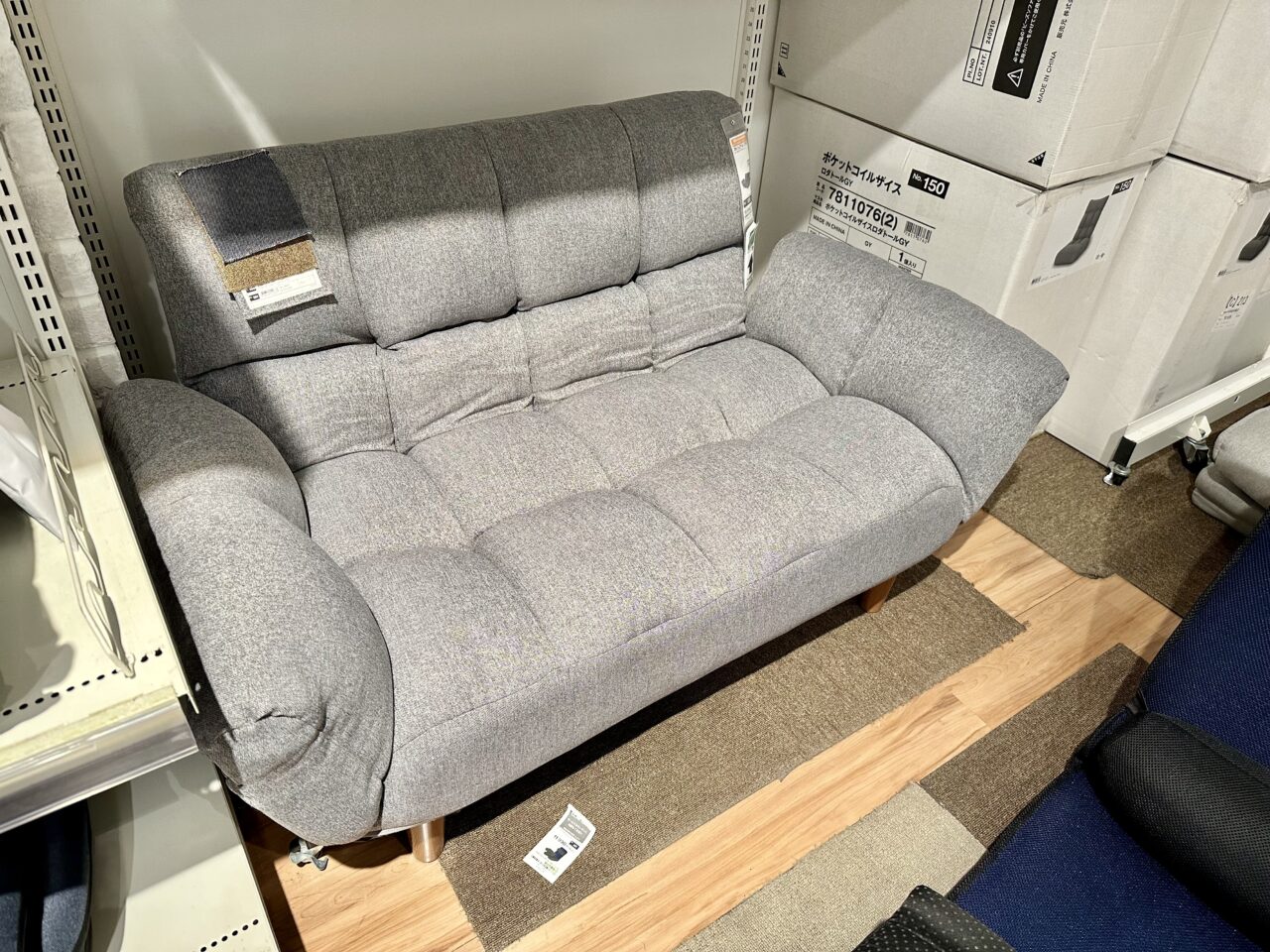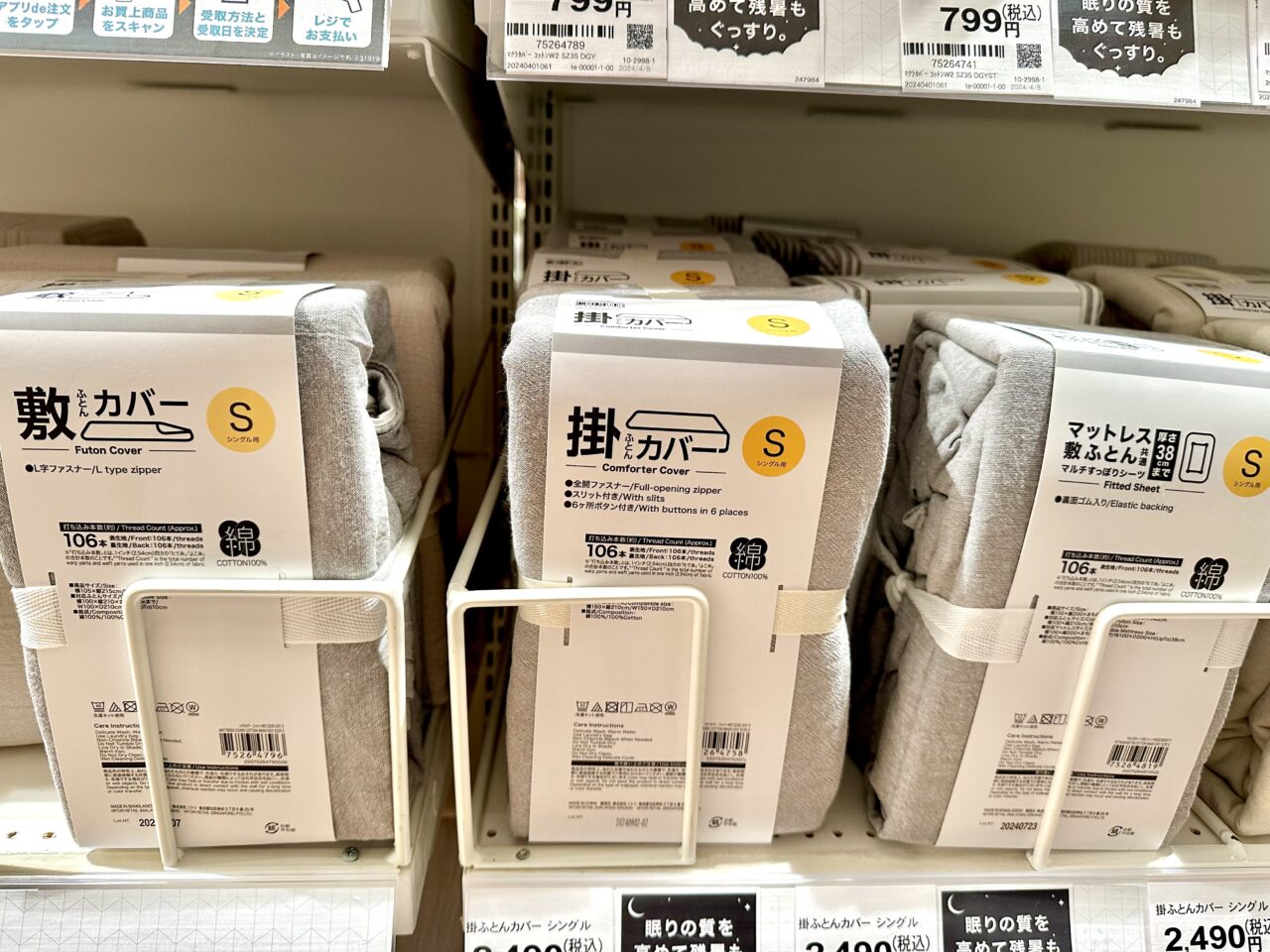How I Furnished My Tokyo Apartment (And Some Surprises Along the Way!)


Written by
Name: Stephanie
Country of origin: USA
How long you’ve lived in Japan: 6 years
Where you live in Japan: Tokyo (and 1 year in Gunma)
Instagram
So you’ve got your apartment in Japan. Congratulations! I bet that was hard work.
Well, the hard work isn’t done, because now you’ve got a lot of stuff to buy! Which can be fun, of course, but it can also be kind of overwhelming.
Japanese apartments usually come unfurnished, and whether that’s your preference or not, that’s the way it is. What’s worse, the Japanese version of “unfurnished” is truly barren! Most apartments do not come with a refrigerator, washing machine, of course no oven, and many don’t even have a light! So with lots of stuff left to buy, let’s embark on a furniture shopping journey!
Part 1- Know Before You Go
Should you buy new or used?
If you’re only here for a short time, such as a 1-year contract, it is probably not a good idea to buy all brand new furnishings and appliances. Simply put, the secondhand market in Japan is very much a buyer’s market, and throwing out large objects in Japan actually costs money. So because you won’t make any money (and will probably actually lose a lot), I’d suggest that if you’re here for under 2 years to try and buy some appliances and furnishings used.

Dining & Living Room Furniture
Furniture tends to run smaller in Japan than in the US, which, if we think about Japanese apartments and homes, makes sense. Sofas tend to be smaller, sometimes even floor-sitting to accommodate the traditional low tables. You can use a low sofa with a kotatsu, an ingenious Japanese table that you can convert into a table-blanket in winter! If you can get your hands on one of these, you’ll have an ultra cozy winter. 2-4 seat dining tables are common enough, but 8-person dinner party dining tables would be hard to come by.

Beds
Beds come in single, semi-double, double, and queen. I don’t think I’ve ever seen a king size bed, although I’m sure they exist in some elite circles. I’ve had a semi-double (SD) bed since I’ve moved to Japan. I fit comfortably myself and surprisingly I’ve never been uncomfortable with another person in the bed. That said, if you and your partner like to have tons of space, it might feel a bit tight for you.
A really important thing to note about beds is if you’re thinking of mixing and matching a bed frame and a mattress from a Japanese furniture store and IKEA, don’t do it! Their versions of the same size bed often vary by a few centimeters, and although I have bought sheets from mixed stores and had no issue, there are horror stories on the Japanese internet of Japanese mattresses not fitting into IKEA bed frames or vice versa.
Sheets & Blankets
When buying sheets, you’ve got to watch out for which sheet you’re buying. The way Japanese bedding is set up is surprisingly different than the US. Pillow covers often have zippers, which is kind of cool because your pillows don’t fall out. Of course you have a fitted sheet (we will talk about the 2 types next), but the top sheet that we put between our body and the comforter (aka duvet) is not a thing here; they are not sold in Japan. That’s because comforters get their own sheet zipped or tied around them!

What the Heck About Sheets?!
Would you believe me if I told you I was using the wrong sheet for almost 2 years?! Turns out the sheet types in Japan are labeled a bit confusingly for non-Japanese speakers.
There are 3 types of sheets in Japan:
1- マットレス、mattress
2- 敷布団、シキフトン、shiki-futon、futon
3- 掛布団、カケフトン、kake-futon、comforter
The first two, mattress and shiki-futon, are fitted sheets.The size is different because of the difference in thickness of a mattress and a futon, so be careful when buying your fitted sheet.
The only sheet for your comforter is the third one listed, kake-futon, but if you have a look at the kanji or katakana for the second and third types, they both end in 布団 / フトン. That’s because a futon and comforter are both known as “futon”, with the distinguishing kanji (shiki/kake) coming before the “futon” kanji. So if you don’t know that there are 2 types of futon (like me when I first went shopping), it is easy to buy the wrong “futon” sheet!
And because the futon you lie on is a different size than the one you use as a blanket, the sheet size is different. So for almost 2 years, I was using the smaller shiki-futon sheet on my big comforter, and every time I changed the sheets I had to shove the huge comforter into the small sheet, which took a surprising amount of effort. I would always wonder why Japanese sheets are made so small! Boy did I feel like an idiot when I found out.
So when buying your sheets, be careful of the 3 main sheet labels: mattress, shiki-futon, and kake-futon!

Now That You’re Furnished With Knowledge…
Well, folks, there you have it. When buying furniture in Japan, it’s not always as easy as you’d think. But now that you’ve armed yourself with knowledge of my silly mistakes, you can go buy your very own armchair with confidence! Ok, I’m done with the puns, I promise.
Next time I will write about appliances like ovens and washing machines, and also the different places to buy furniture and appliances in Japan, so stay tuned to avoid more useless headaches!
